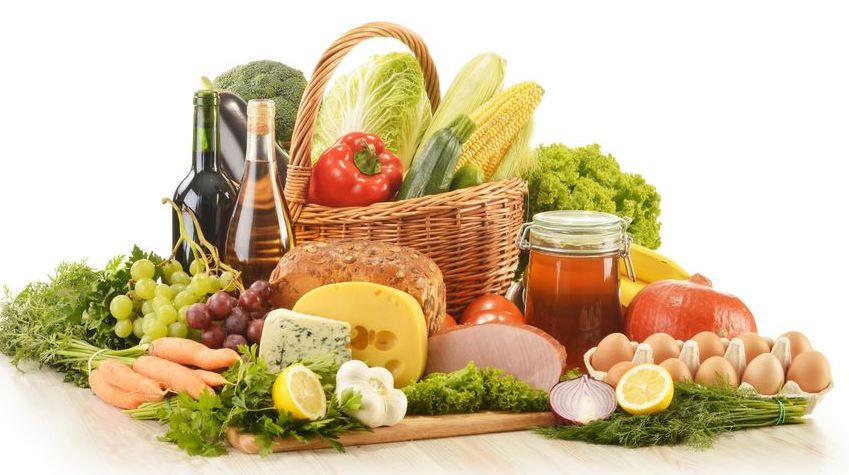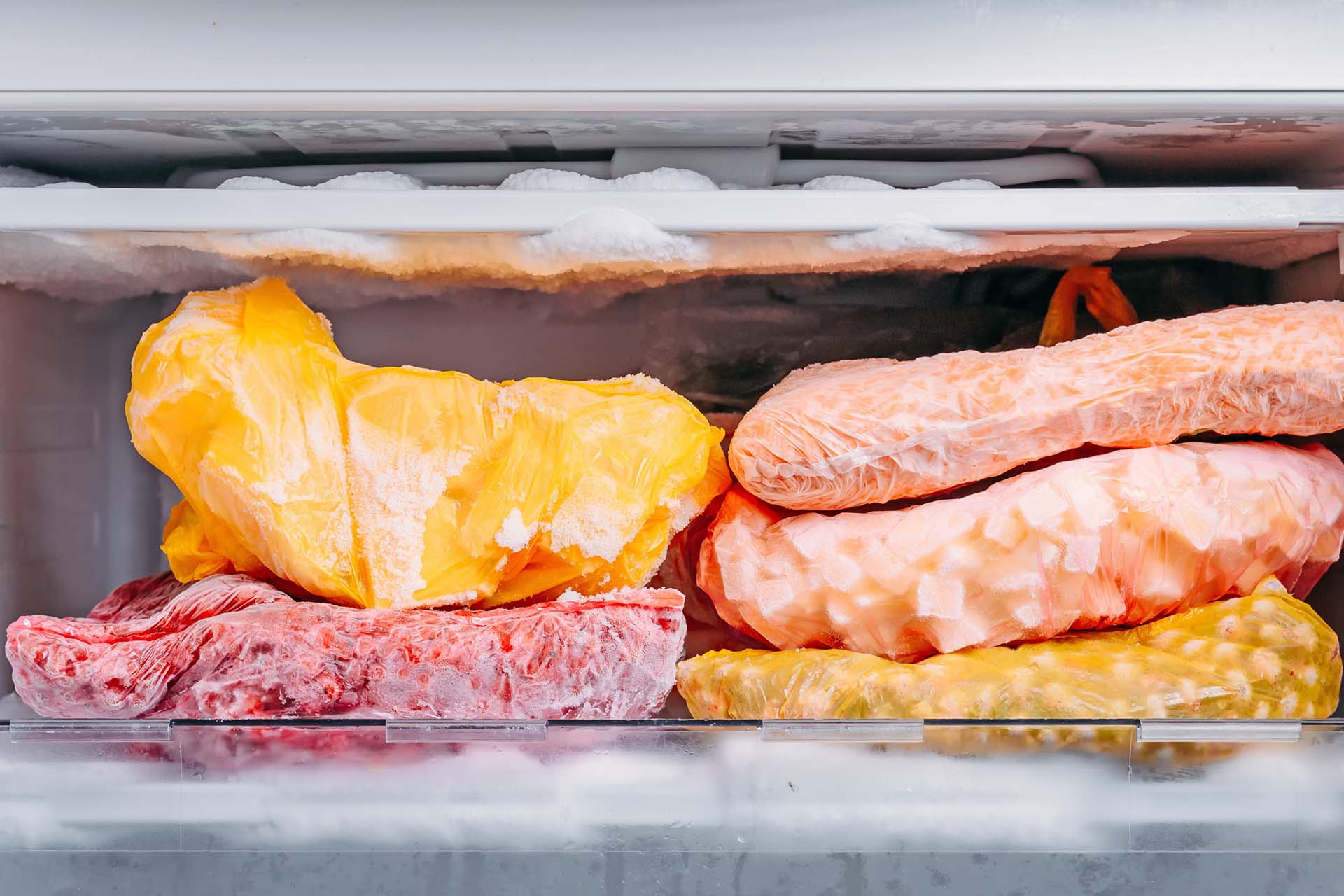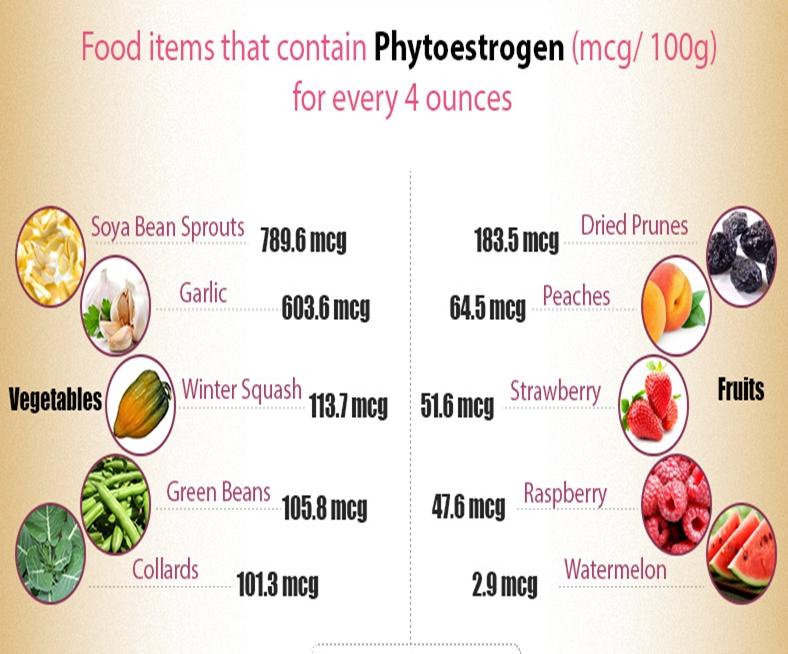Bacteria, as single-celled organisms, possess diverse mechanisms to obtain nutrients and energy for their survival and growth. Their varied nutritional requirements and habitats dictate the specific ways they acquire food. Here are the key strategies employed by bacteria to meet their nutritional needs:
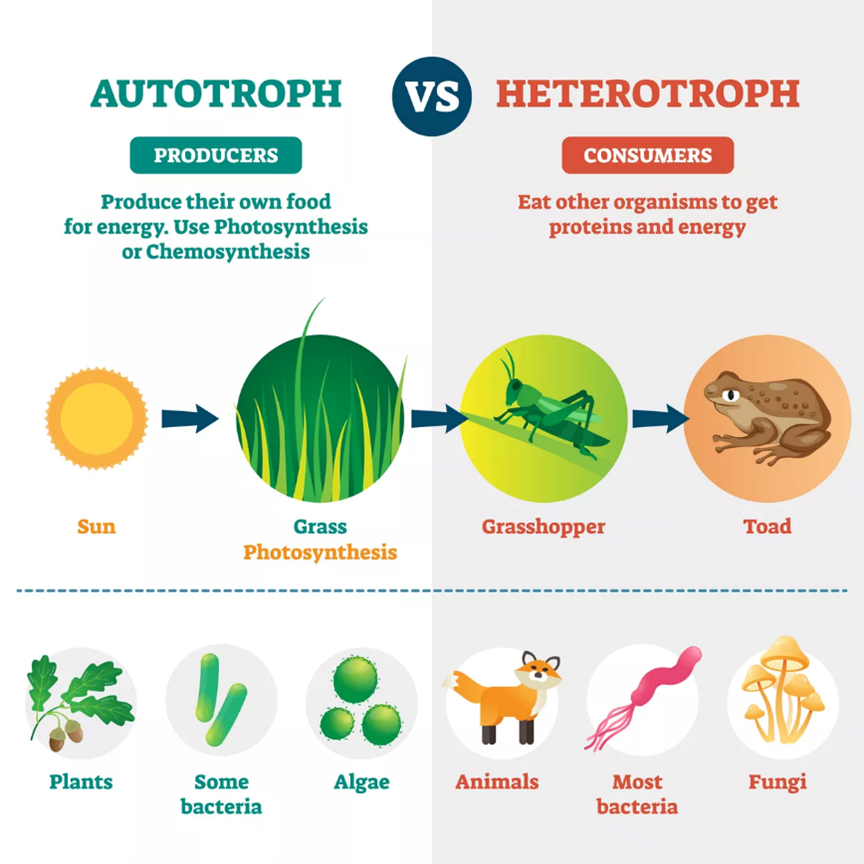
Heterotrophy:
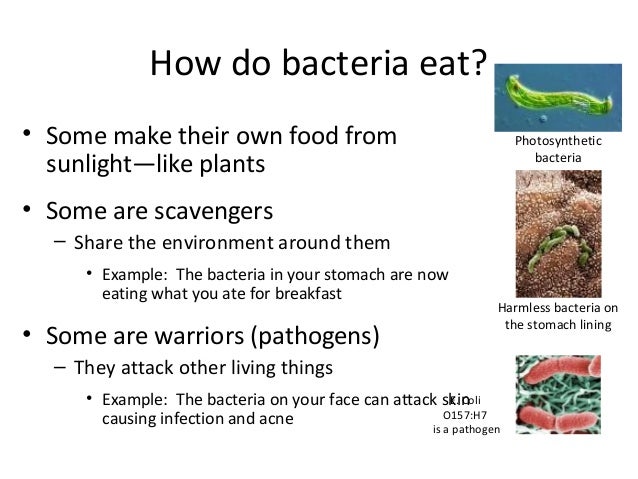
- Majority of bacteria are heterotrophs, meaning they rely on organic compounds as their primary source of energy and carbon. These compounds, derived from other living organisms or decaying matter, serve as their “food.”
- Saprophytic Bacteria: Saprophytes feed on dead and decomposing organic matter, playing a crucial role in the breakdown and recycling of organic material in ecosystems. They obtain nutrients by secreting enzymes to break down complex compounds into simpler ones, which are then absorbed.
- Parasitic Bacteria: Parasitic bacteria acquire nutrients from living hosts, often causing harm or disease to the host organism. They may invade and colonize host cells, tissues, or organs, extracting nutrients directly from the host’s cells or tissues.
Autotrophy:
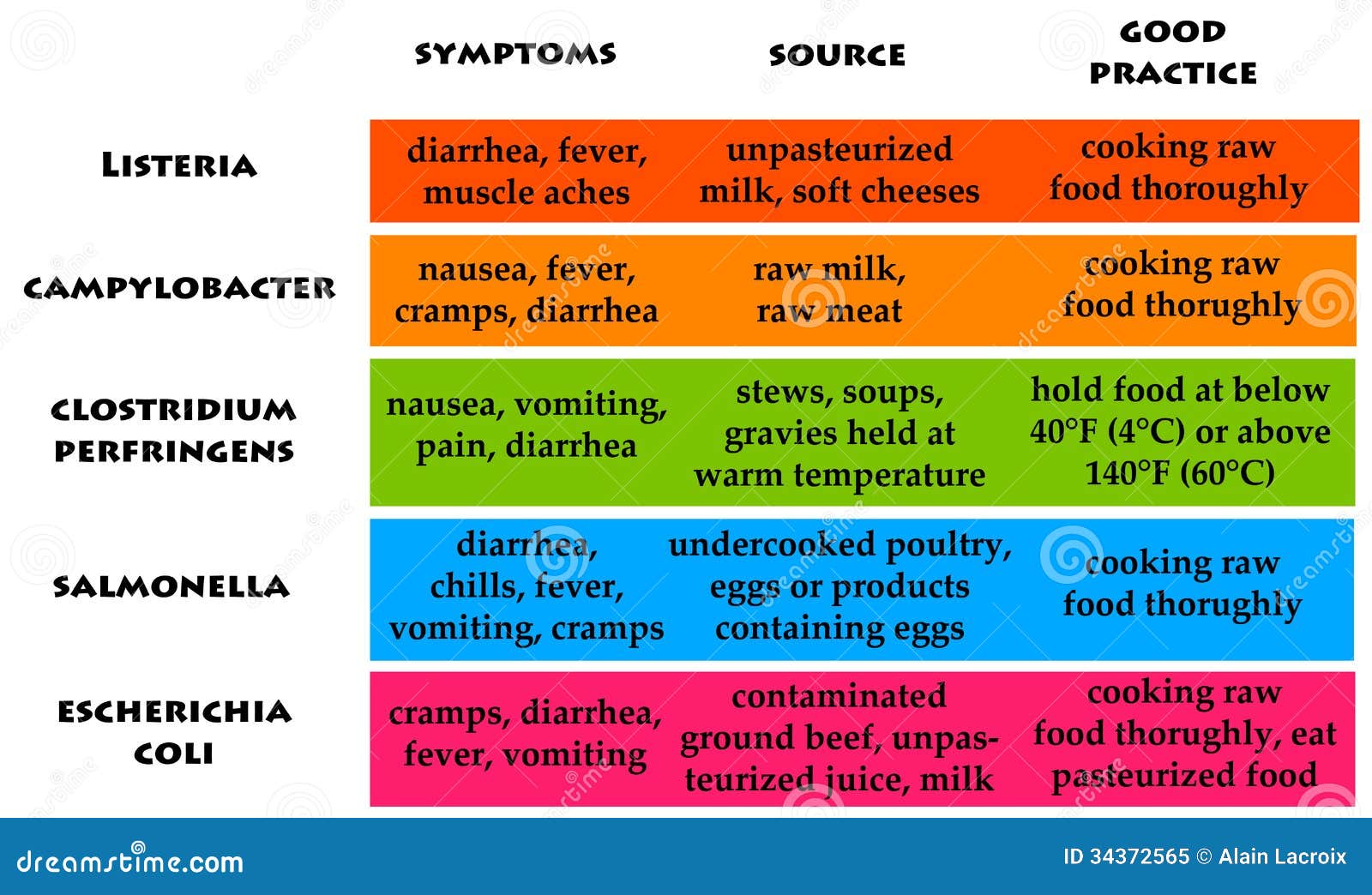
- Autotrophic bacteria, a minority among bacteria, can synthesize their own organic compounds from inorganic substances, making them independent of other organisms for nutrition.
- Photoautotrophic Bacteria: These bacteria, like plants, harness light energy through photosynthesis to convert carbon dioxide and water into organic compounds. They contain chlorophyll or other pigments to capture sunlight and perform photosynthesis.
- Chemoautotrophic Bacteria: Chemoautotrophs obtain energy through the oxidation of inorganic compounds, such as sulfur, iron, or hydrogen. They use this energy to fix carbon dioxide into organic molecules, enabling them to synthesize their own food.
Symbiosis:
- Some bacteria engage in symbiotic relationships with other organisms, forming mutually beneficial associations that provide access to food and nutrients.
- Mutualism: In mutualistic symbiosis, both organisms benefit from the association. For example, nitrogen-fixing bacteria live in the root nodules of leguminous plants. These bacteria convert atmospheric nitrogen into ammonia, a usable form of nitrogen for the plant, in exchange for a protected environment and access to plant-produced carbohydrates.
- Commensalism: In commensalism, one organism benefits while the other is unaffected. Many bacteria reside on or within the bodies of animals and plants without causing harm. These commensal bacteria often gain access to nutrients and protection provided by the host organism.
Absorption:
- Bacteria absorb nutrients directly from their surroundings through their cell membranes. They possess specialized structures, such as pores or transporters, which facilitate the uptake of molecules.
- Active Transport: Bacteria can actively transport nutrients against a concentration gradient, using energy derived from ATP (adenosine triphosphate) to move molecules into the cell.
- Facilitated Diffusion: Some nutrients can pass through the cell membrane by facilitated diffusion, aided by carrier proteins that facilitate their movement.
- Passive Diffusion: Certain small molecules, like oxygen and carbon dioxide, can passively diffuse across the cell membrane without the need for energy input.
In summary, bacteria exhibit diverse strategies to obtain nutrients and energy, including heterotrophy, autotrophy, symbiosis, and various modes of nutrient absorption. Their ability to utilize various sources of organic and inorganic compounds enables them to thrive in a wide range of habitats, contributing to nutrient cycling and playing essential roles in various ecological processes.








